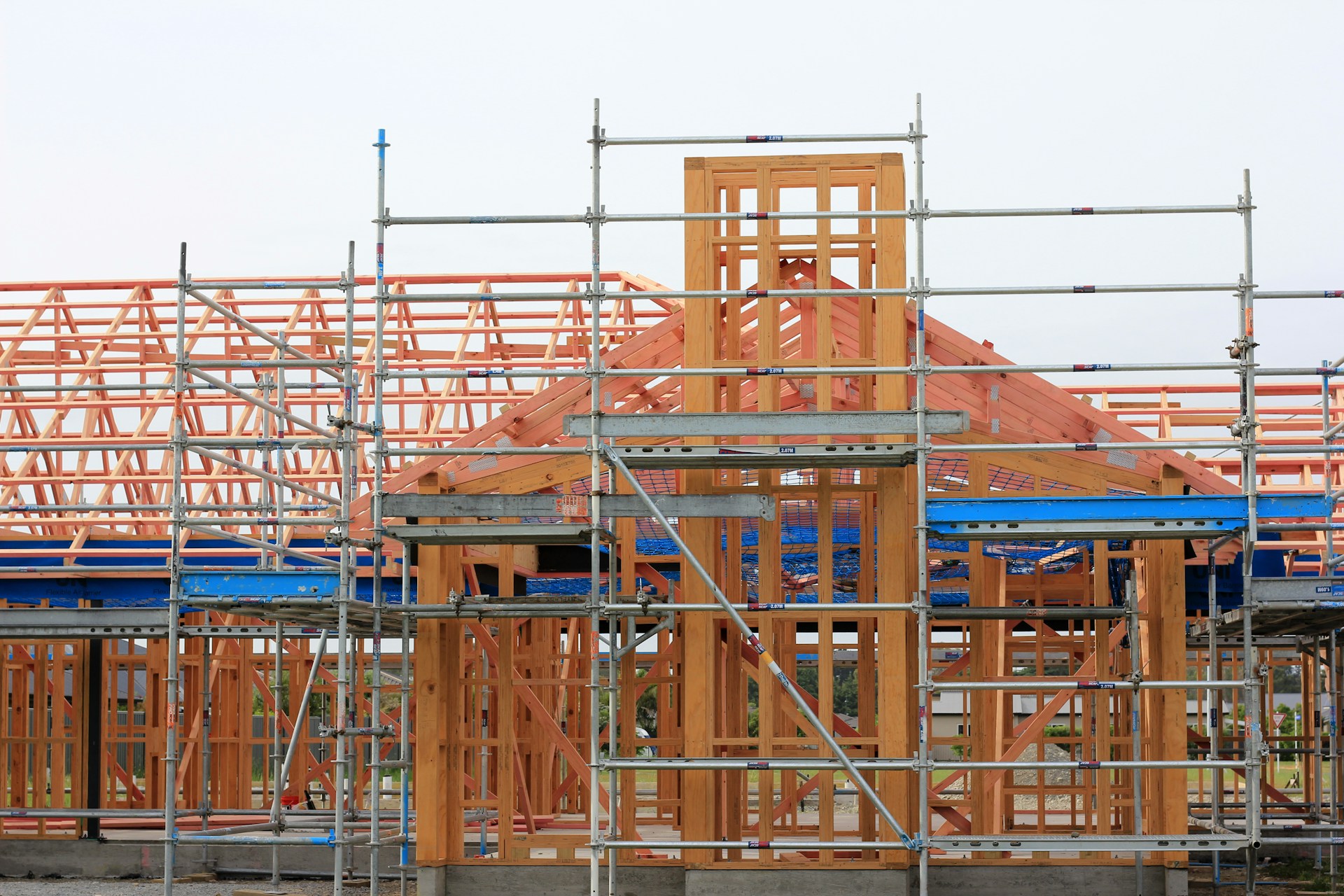

Question: What is the Safest Material to Build a House?
Answer: There isn’t one single “safest” material. Factors like fire, earthquakes, and storms require different approaches. Concrete, brick, and stone are generally strong and fire-resistant, while wood offers flexibility in earthquake zones.
Building a Secure Home: Material Choices
Investing in building materials with superior safety features is an investment in the long-term security and well-being of your family. By selecting materials that mitigate risks associated with fire, severe weather, and pests, homeowners can significantly reduce the potential for damage and create a more secure living space. This post explores various building materials and their safety attributes, providing valuable information to help homeowners make informed decisions that minimize risk and maximize protection.
Concrete’s Strength and Durability
Concrete offers impressive strength and durability. It resists fire and strong winds effectively. Concrete homes require less maintenance than wood-frame homes. They also offer excellent sound insulation.
Benefits of Concrete
Fire Resistance:
Concrete does not burn.Wind Resistance:
Concrete withstands high winds.Pest Resistance:
Concrete deters pests like termites.
Click here for more information on the value of my Orangeville property
Related Article: What is the Most Widely Used Home Construction Material?
Brick: Classic and Protective
Brick is a time-tested material known for its aesthetic appeal and protective qualities. It offers fire resistance and requires minimal upkeep. Brick homes hold their value well.
Brick’s Enduring Qualities
Fire Resistance:
Brick provides a strong barrier against fire.Durability:
Brick withstands harsh weather conditions.Low Maintenance:
Brick homes need little maintenance.
Wood: A Traditional Building Material
Wood remains a common building material due to its versatility and cost-effectiveness. Engineered wood products offer enhanced strength and stability compared to traditional lumber. Proper treatment helps protect wood from pests and decay.
Wood Considerations
Cost-Effective:
Wood is generally less expensive than other materials.Versatility:
Builders use wood in various applications.Maintenance:
Wood requires regular maintenance to prevent rot and pest damage.
Insulated Concrete Forms (ICFs): Energy Efficiency and Safety
ICFs consist of interlocking foam blocks filled with concrete. They provide excellent insulation, reduce energy costs, and offer superior protection against fire and storms. ICFs create a strong, quiet, and energy-efficient home.
ICF Advantages
Energy Efficiency:
ICFs offer superior insulation.Disaster Resistance:
ICFs provide excellent protection against storms and fire.Sound Insulation:
ICFs create a quieter indoor environment.
Choosing the Right Material for Your Needs
The safest material for your home depends on your specific needs, budget, and location. Consider factors like fire risk, severe weather potential, and local building codes. Consulting with a builder or architect helps you make an informed decision.
Each material offers distinct safety advantages. Concrete and steel excel in fire and wind resistance. Brick provides durability and fire protection. Wood requires more maintenance but remains a cost-effective choice. ICFs combine energy efficiency with disaster resilience.
Careful evaluation of your priorities and local conditions guides you toward the best material choice for a safe and secure home. [ 1 ]
References
1. https://mcswusa.com/safe-building-materials-for-contractor-safety/


